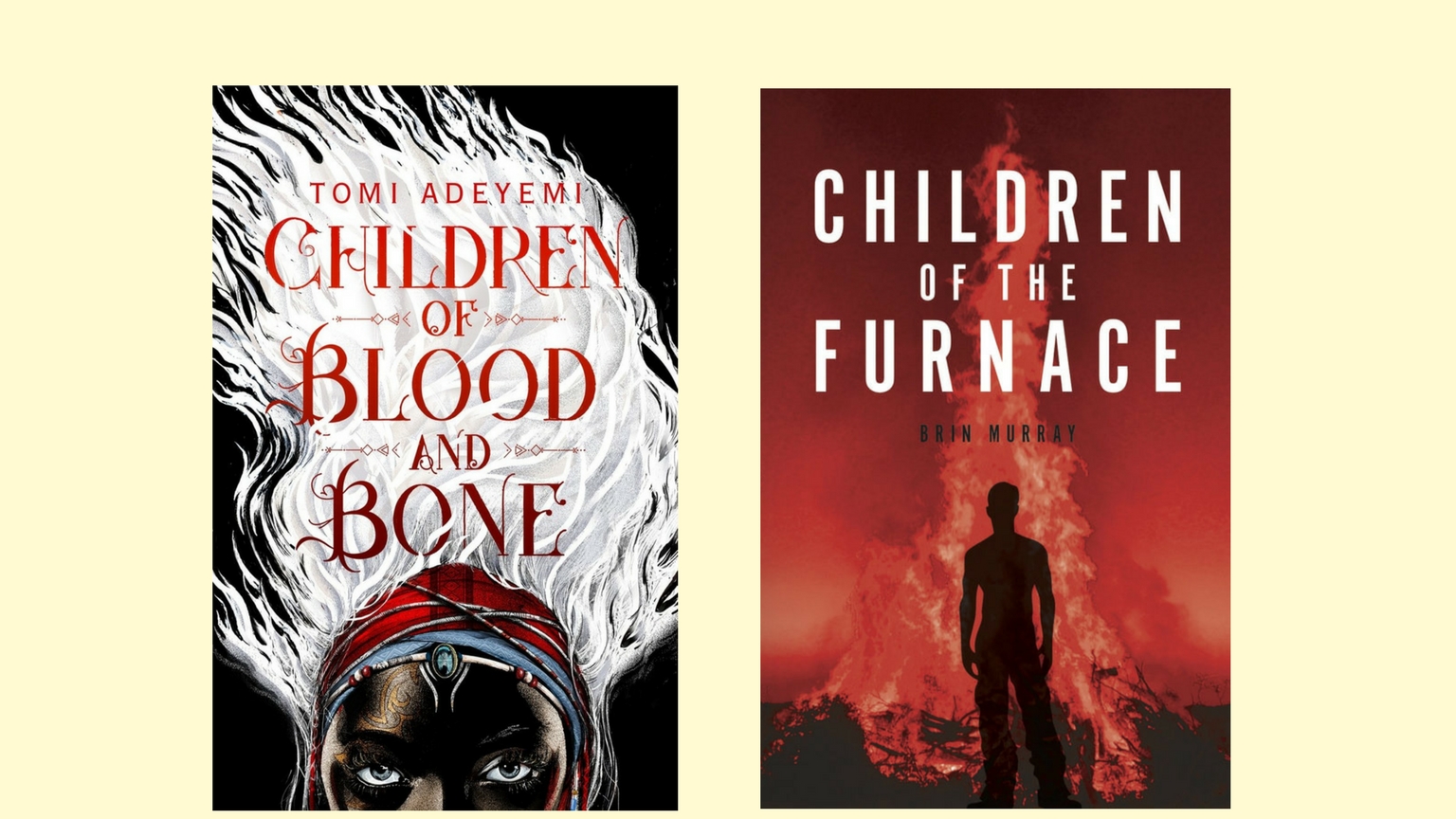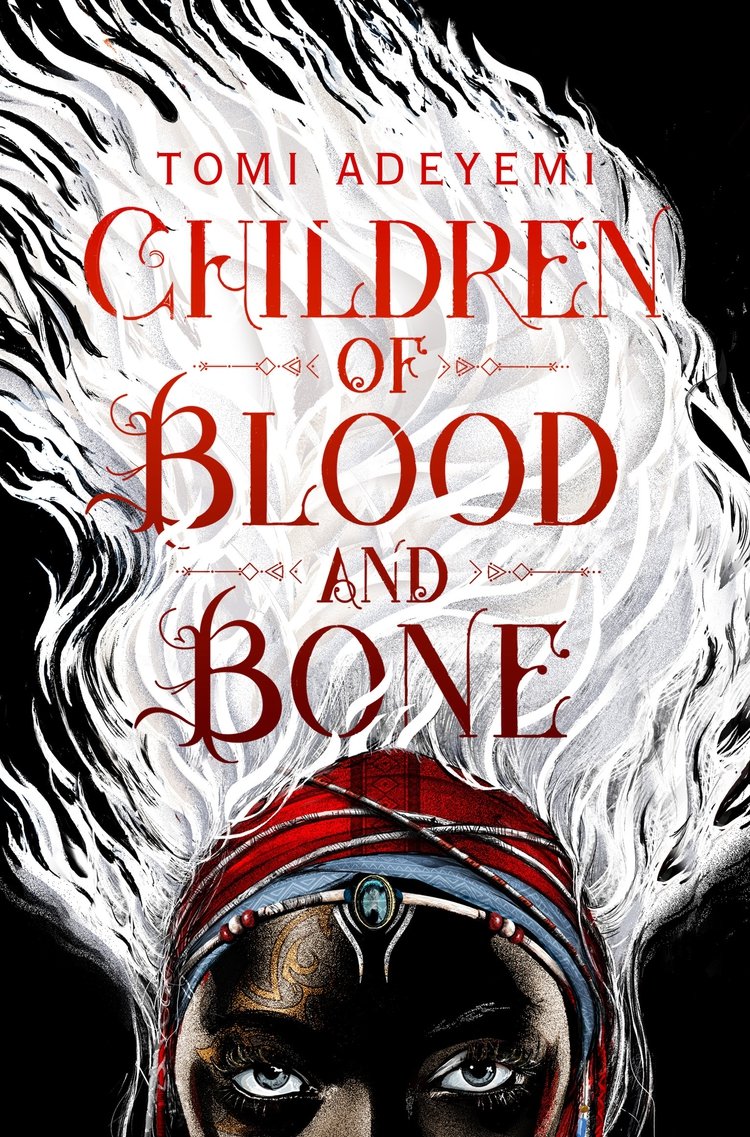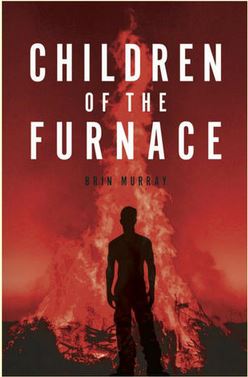YA dystopian fiction had a massive run a few years back and then everyone got dystopian-ed out. Not me. I love teens saving dismal worlds from horrible dictators and ridiculous laws. It’s all so relevant in today’s uncertain world. And for that reason I presume, dystopian YA is on the rise again, hooray! I have read and reviewed international bestseller Children of Blood and Bone, and New Zealand title Children of the Furnace.

Children of Blood and Bone, by Tomi Adeyemi (Macmillan)
I just love the wave of indigenous and black fantasy writing surging through literature and film right now. Tomi Adeyemi’s new book Children of Blood and Bone, is a classic high fantasy rooted in Nigerian culture, taking inspiration from slavery, colonisation and the Black Lives Matter movement. It’s a story within a story, which makes it a fascinating and important read.
The land of Orïsha used to have magic. There were the magi who wielded it, and diviners, the children who had yet to manifest their powers. The magi were able to control and manipulate fire, wind, water, earth, air and even dreams and the dead. But King Saran grew afraid of the magi and in one awful night called the Raid, killed the magic and most of those who practised it. The remaining magi once again became harmless divîners, shunned and forced to go into hiding, and to cover their trademark white hair. They were second-class citizens in their own country, unable to call up and use the magic they were born with, taught to hate who they were. They were the labourers, the ones who filled the king’s prisons, the menials, the maggots.
They were second-class citizens in their own country, unable to call up and use the magic they were born with, taught to hate who they were.
Zélie is a divîner who lost her Magi mother in the Raid. She lives with a group of other young orphan divîners, taught by an elderly Orishan how to defend and take care of themselves, and to learn about their history. Another new tax on the divîners forces Zélie into the markets to make money, and while there she rescues a girl on the run – the Princess Amari. The Princess is distraught that her divîner servant has just been murdered by her father the King for accidentally manifesting her powers. Artefacts that the King thought destroyed have been found, which can restore the diviner’s magic and transform them back into Magi. Princess Amari has stolen the magic scroll and now her father and brother Prince Inan are after her to get it back.
Together with Zélie’s brother and a massive lionaire called Nailah, Zélie and Amari must travel across country to find the other missing artefacts before sailing to an island that appears only once every one hundred years. There, they can complete the ancient ritual and bring magic back for good. They need to keep one step ahead of the King and the Prince, but nobody knows that the Prince has magi gifts too…
Yes, this synopsis reads like a season of The Amazing Race, but it’s an engaging read. It’s fast-paced and action-packed with well-rounded characters who have interesting relationships with each other. The world-building is phenomenal – creatures, history, terrain, language and cultures make for a realistic, multidimensional reading experience.
The world-building is phenomenal – creatures, history, terrain, language and cultures make for a realistic, multidimensional reading experience.
I’m a huge advocate for minority representation in young adult literature. It’s important for young people of all cultures to see themselves taking a starring role. And equally, it’s just as important for others who are not of those cultures, to learn new stories, walk with unfamiliar characters, fall in love with them, despair with them, cry with them. Empathy that we feel between the pages can help us become more empathetic in real life. And this book does a great job of imparting valuable life lessons without being overly moralistic about it.
Deep and meaningfuls aside, I really enjoyed Children of Blood and Bone and highly recommend it for mid to older teens. Just be aware, it contains (a little bit of) sex and (a lot of) violence and many of the traumas our characters face may have a disturbing impact on impressionable readers.

Children of the Furnace, by Brin Murray (Brin Murray)
Children of the Furnace is from New Zealand author Brin Murray. It’s set some time in the future after an ecological disaster that nearly wiped out the planet. Religious groups got together, had a Revelayshun and formed the Revout, a group of fanatics dedicated to rebuilding the world with the help of The Strong. The Revout rule by propaganda and fear, pushing the idea that insurgents nicknamed ‘Heaters’ tried to burn up the world and must all be destroyed.
Unwanted and orphaned children are sent to Redukayshun Centres to learn the ways of The Strong and become the New Messiahs. This basically means that they’re forced to labour in the mines and replant trees and regurgitate the propaganda they’ve been taught. The Heaters are presumed to be dead, until Wil Shurwud is found by the Revout living in a remote logging settlement. He wears the mark of a Heater – a tattoo on his forehead – but doesn’t know anything about the world he lives in. He knows nothing of the Heaters or the Revout, nor the mysterious woman called the Midwife whom the Revout are so desperate to find.
The Heaters are presumed to be dead, until Wil Shurwud is found by the Revout living in a remote logging settlement.
Wil is taken to Ferule, a Redukayshun Centre in Sekkerland. There he’s beaten and whipped and forced to learn the new teachings. He makes friends though, a boy called Patrice who teaches him to read, a Squadboy, Jace, who isn’t as bad as he first appears, and Leah, an orphan who finds herself at Ferule learning how to be a medic. As Wil learns to survive the harsh world of Ferule he slowly begins to uncover the secrets of his own past, and realises the only way he can discover the truth about himself and the Revout’s version of world events, is to find the Midwife before the Revout do.
The book is told in first person by Wil and by Leah. It’s a bit of a mental adjustment, getting into the rhythm of Wil’s speech and spelling, but the writing flows well, and it’s a great way for the reader to be able to get into Wil’s head. The world itself is a struggle to get to grips with at first. There are a lot of unfamiliar terms, and history that may or may not be lies, and information is only dropped in casually, here and there. Relationships between characters are complicated and engrossing and the characters themselves are layered and fascinating.
Relationships between characters are complicated and engrossing and the characters themselves are layered and fascinating.
As many YA books are doing nowadays, a warning for violent content at the outset would have been nice – there is a lot of violence in this book, with adults physically abusing children, torture and fighting. For that reason, this book is really for older teens and adults who love YA. Fans of authors like Marie Lu, Kate Wrath and Suzanne Collins will enjoy this book.
This is Brin Murray’s debut novel and she’s made a really good job of it. It was a great read and I can’t wait to get my hands on the sequel.


Steph Matuku
Steph Matuku (Ngāti Mutunga, Ngāti Tama, Te Atiawa) is an award-winning writer from Taranaki. She writes for the page, stage and screen, with a special interest in creating stories for young people. She was a judge for the New Zealand Book Awards for Children and Young Adults in 2020, and has had two books published by Huia Publishers. Two new titles, Whetū Toa and the Hunt for Ramsesand Falling into Rarohengawill be available from July. Find her books at https://huia.co.nz/huia-bookshop/authors/author/220



